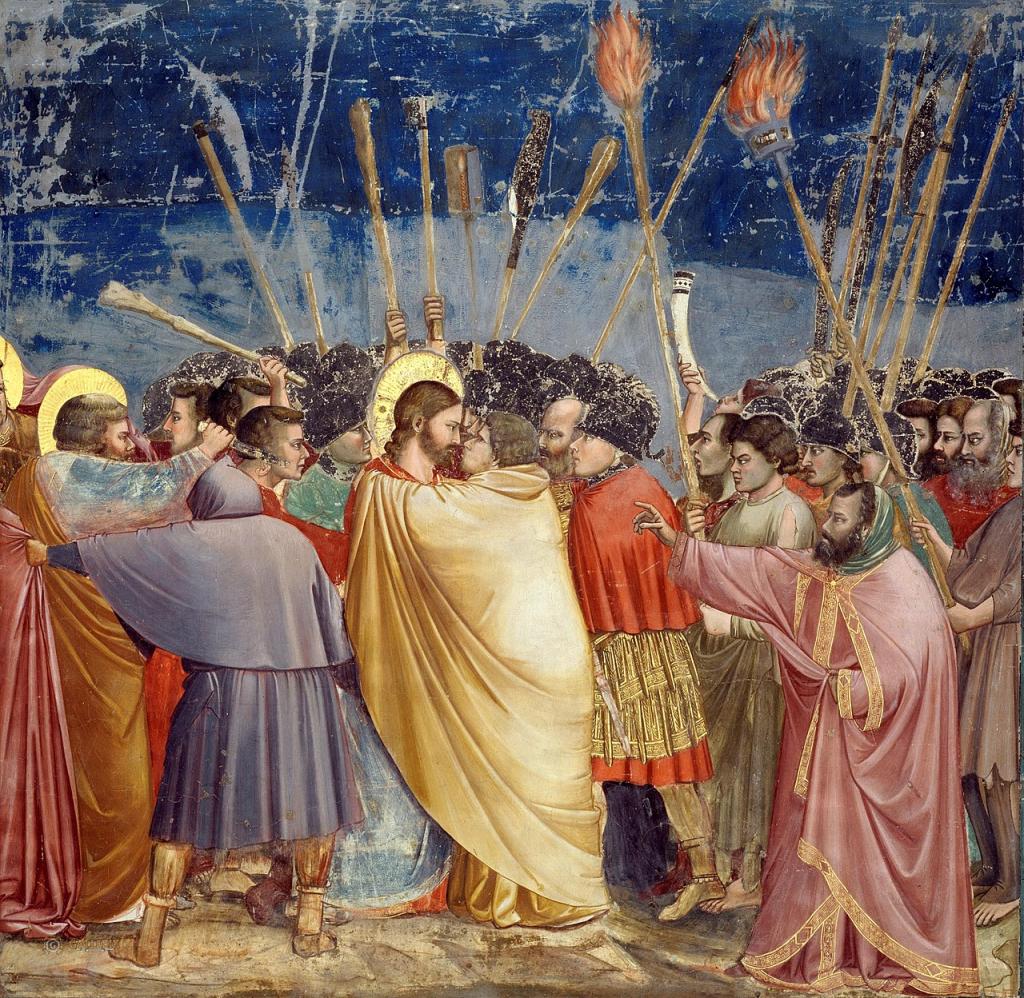
(Wikimedia Commons public domain image)
The First Presidency of the Church of Jesus Christ of Latter-day Saints sent out a letter earlier this week calling upon local leaders to ensure that the foyers of our meetinghouses contain artwork that is focused on Jesus Christ. This is, of course, entirely consistent with the renewed emphasis on the proper name of the Church that has been a hallmark of the ministry of President Russell M. Nelson and even with the new Church symbol or logo, which is based upon Bertel Thorvaldsen’s statue of the Christus. (See my recent blog entry “On ‘Mormon’ and ‘Mormonism.'”) We’re trying to make clearer who is at the center of our faith, because so many outside of the Church plainly don’t understand that:
Of course, for some folks there are always grounds to criticize the Church and every day is a good day to do so, and thus, predictably, this letter was no exception. No good deed goes unpunished. So there were, in at least one quarter that I noticed, complaints that the Church insists that Jesus always be depicted as “white” or “Caucasian” rather than “racially neutral.”
Now, I’ll be candid: I don’t know exactly what “racially neutral” even means. Ghanaians and Koreans and Norwegians just aren’t exactly easy to confuse with one another. And I’m not a fan of artwork — there’s a lot of it at Nazareth’s Church of the Annunciation, for example — that makes Jesus and/or his mother, Mary, look Asian or African or Filipino. Not because I have anything against Asia, Africa, and the Philippines or their people, but because, well, Jesus wasn’t actually from any of those places. He was incarnated as a specific gendered human person in a specific place with a specific lineage. And he was, as it happens, a first-century Palestinian Jew. Behind the story of Judas’s identification of Jesus with a kiss — recounted at Matthew 26:47-49, Mark 14:44-45, and Luke 22:47-48 — must surely stand the fact that Jesus looked pretty much like other men of his age at that time and place, which is why Judas needed to point him out to the soldiers who had been sent to make the arrest. Jesus was almost certainly of a relatively dark complexion and very likely had black or dark brown hair. He was Middle Eastern.
For that very reason, I’ve also been vocally critical for years of art that tends to make Jesus look too American or even, say, Swedish. And there’s too much of that, especially among Protestants and, yes, Latter-day Saints.
Back to the question: Was the historical Jesus “white” or “Caucasian”? First of all, such categories are rather artificial, and they’re definitely slippery. (I’m fond of the black conservative economist Thomas Sowell’s distinction between “pink” and “brown” people, instead of “white” and “black” people.) And, I would argue, these categories are less and less significant or meaningful, and they were never very meaningful or significant in the first place. (I hope — probably in vain — that nobody, reading this, is going to try to accuse me of harboring any sympathy whatever for contemporary “Aryan Jesus” nonsense.) But the case can easily be made that, yes, Jesus was white or Caucasian. A darker kind of Caucasian, probably, but nonetheless Caucasian. (He certainly wasn’t Ghanaian or Korean, any more than he was Norwegian, or English, or American.)
Even today, there are debates — sometimes rather angry debates, as ethnic-related disputes too often are — about whether Jews are “white” or “Caucasian” and about whether Arabs and Iranians are.
For whatever little it may be worth, I point out that the Caucasus Mountains, from which the term Caucasian derives, stretch from the Black Sea to the Caspian Sea and can themselves be considered Middle Eastern, as are many of those who live in and about them.












